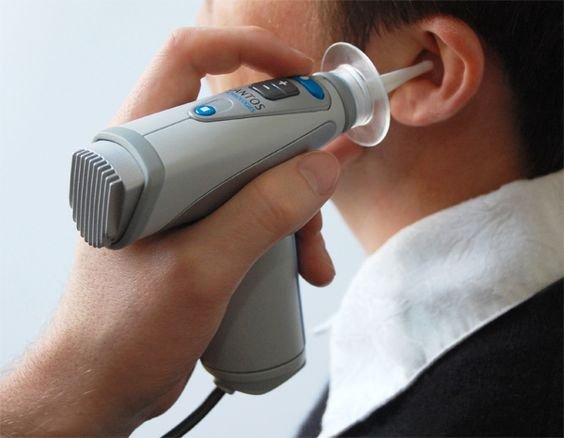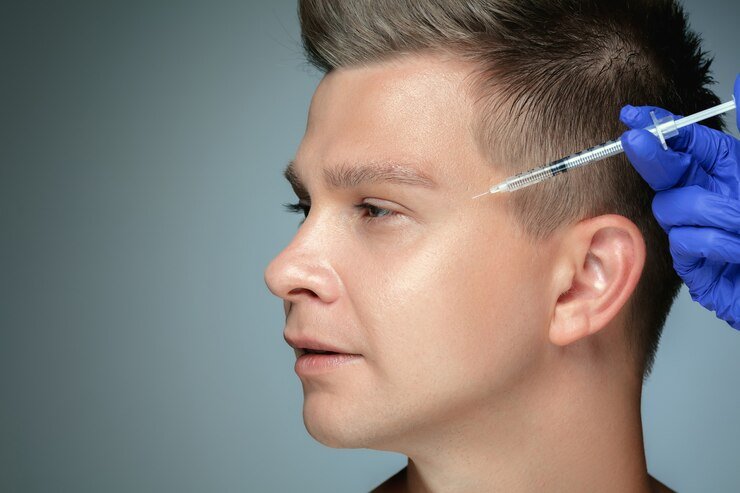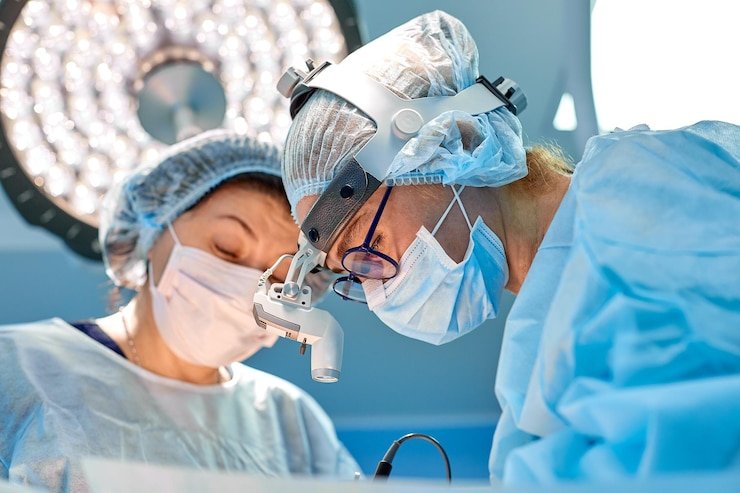Micro Ear Surgery: Precision, Innovation, and Patient Outcomes.
Micro ear surgery, also known as otological microsurgery, represents a revolutionary approach to treating various ear conditions with unparalleled precision and minimally invasive techniques. In this article, we explore the evolution, techniques, applications, and benefits of micro ear surgery, highlighting its transformative impact on patient care and outcomes.
To Know More About It Please Click Here
Evolution of Micro Ear Surgery
The advent of micro ear surgery can be traced back to the pioneering work of Dr. Michael E. Glasscock III and Dr. William F. House in the 1960s, who introduced the operating microscope to otology. This groundbreaking innovation allowed surgeons to visualize the intricate structures of the ear with enhanced magnification and illumination, revolutionizing surgical techniques and outcomes. Over the decades, advances in technology, instrumentation, and surgical training have further refined micro ear surgery, making it an indispensable tool in the armamentarium of otologic surgeons.
Techniques and Procedures
Micro ear surgery encompasses a wide range of procedures aimed at addressing conditions affecting the external, middle, and inner ear. Common techniques include tympanoplasty, mastoidectomy, stapedectomy, cochlear implantation, and canalplasty, among others. These procedures are performed under high-powered surgical microscopes or endoscopes, allowing surgeons to navigate the delicate structures of the ear with precision and accuracy. Minimally invasive approaches, such as endoscopic ear surgery, have also gained prominence, offering advantages such as reduced surgical trauma, faster recovery times, and improved cosmesis.
Applications of Micro Ear Surgery
Micro ear surgery is employed in the management of various ear conditions, including chronic otitis media, cholesteatoma, conductive hearing loss, sensorineural hearing loss, vestibular disorders, and congenital anomalies. Additionally, microsurgical techniques play a critical role in the placement of cochlear implants and bone-anchored hearing aids, offering hearing restoration options for individuals with profound deafness or hearing impairment. The versatility and precision of micro ear surgery make it applicable across all age groups, from pediatric patients with congenital anomalies to adults with acquired ear disorders.
Benefits and Outcomes:
The adoption of micro ear surgery has revolutionized patient care in otology, offering numerous benefits and improved outcomes. By preserving delicate anatomical structures and minimizing surgical trauma, microsurgical techniques reduce the risk of complications such as hearing loss, facial nerve injury, and cerebrospinal fluid leaks. Additionally, the enhanced visualization provided by surgical microscopes and endoscopes allows surgeons to achieve greater precision in tissue dissection, leading to more predictable surgical outcomes and improved functional results. Moreover, the minimally invasive nature of micro ear surgery translates to shorter hospital stays, faster recovery times, and improved patient satisfaction.
To Know More About It Please Click Here
Conclusion
Micro ear surgery represents a pinnacle of precision, innovation, and patient-centered care in the field of otology. With its ability to address a wide range of ear conditions with unparalleled precision and minimal invasiveness, micro ear surgery has transformed the landscape of ear surgery, offering new hope and improved outcomes for patients worldwide. As technology continues to evolve and surgical techniques advance, the future holds promising possibilities for further enhancing the efficacy and safety of micro ear surgery, ultimately improving the quality of life for individuals with ear-related disorders.
for any further queries, plz visit https://drshravan.in/or you can check our social media accounts ,Instagram








